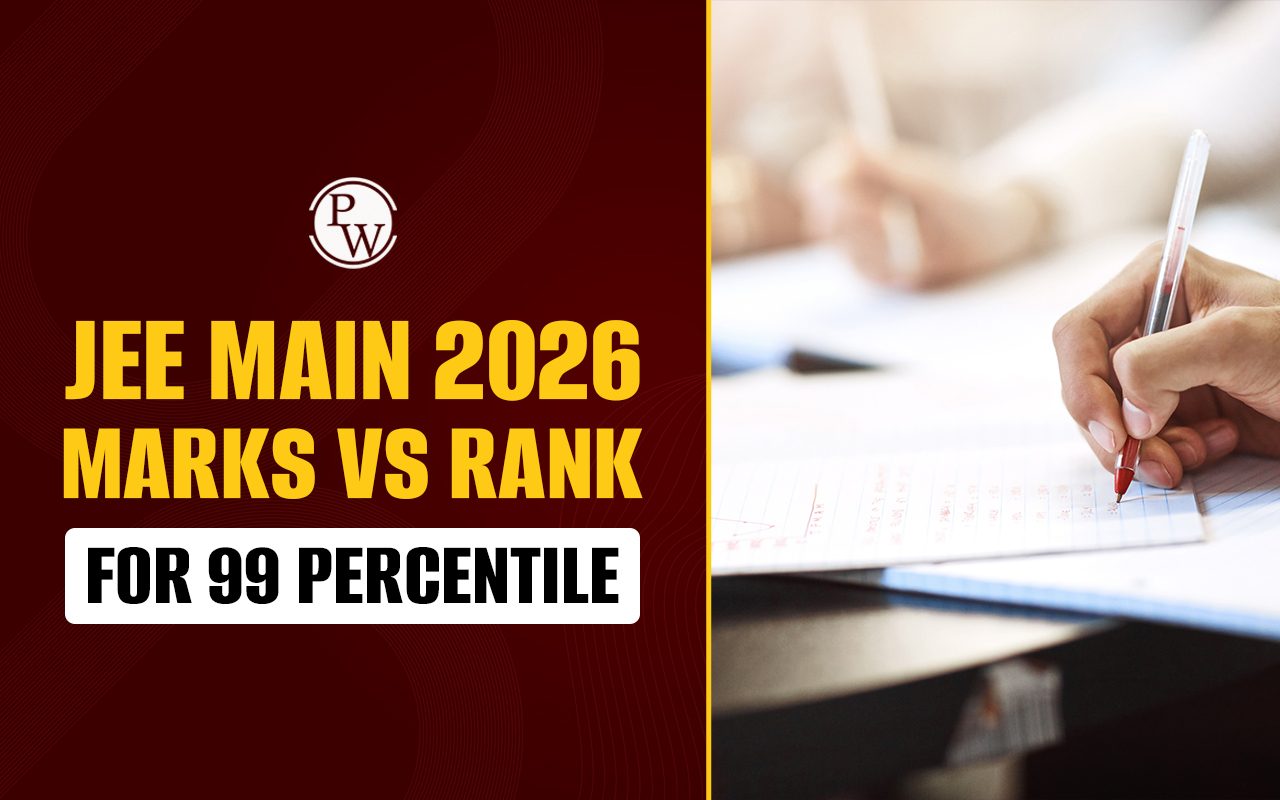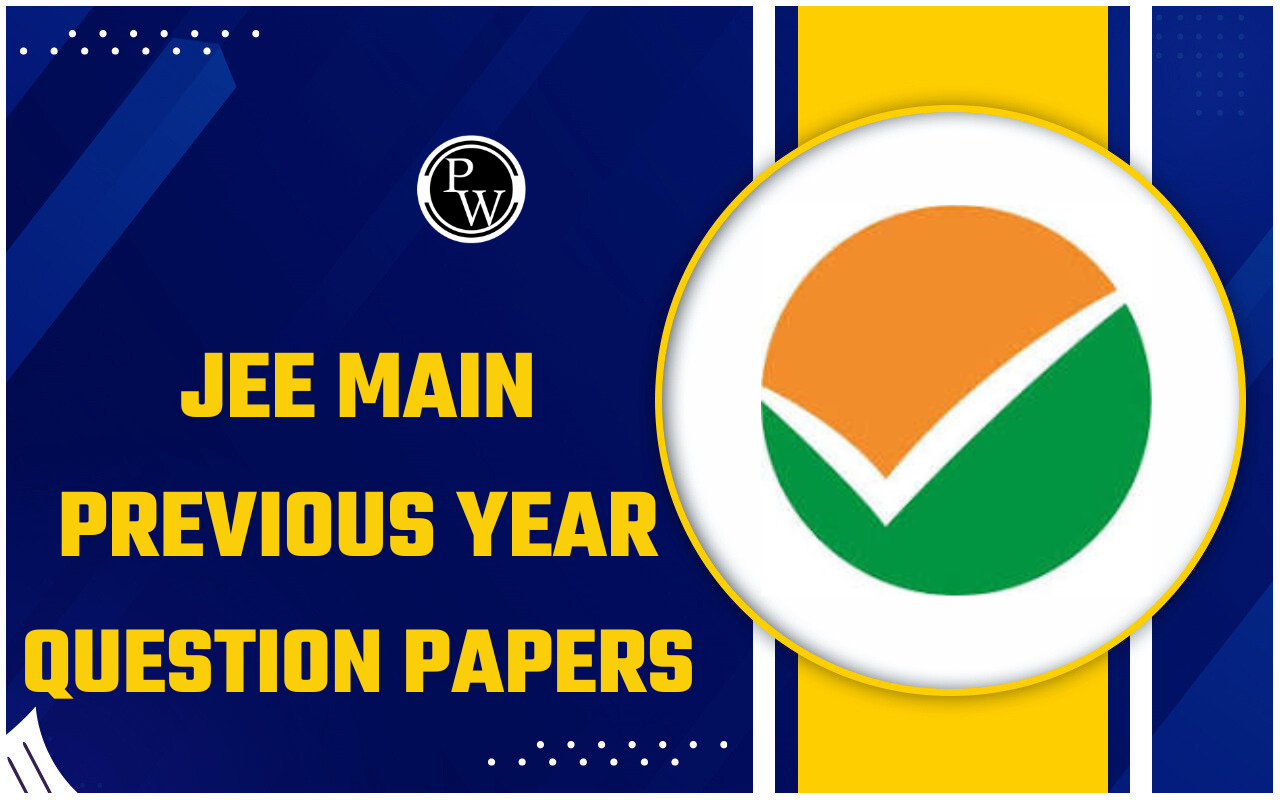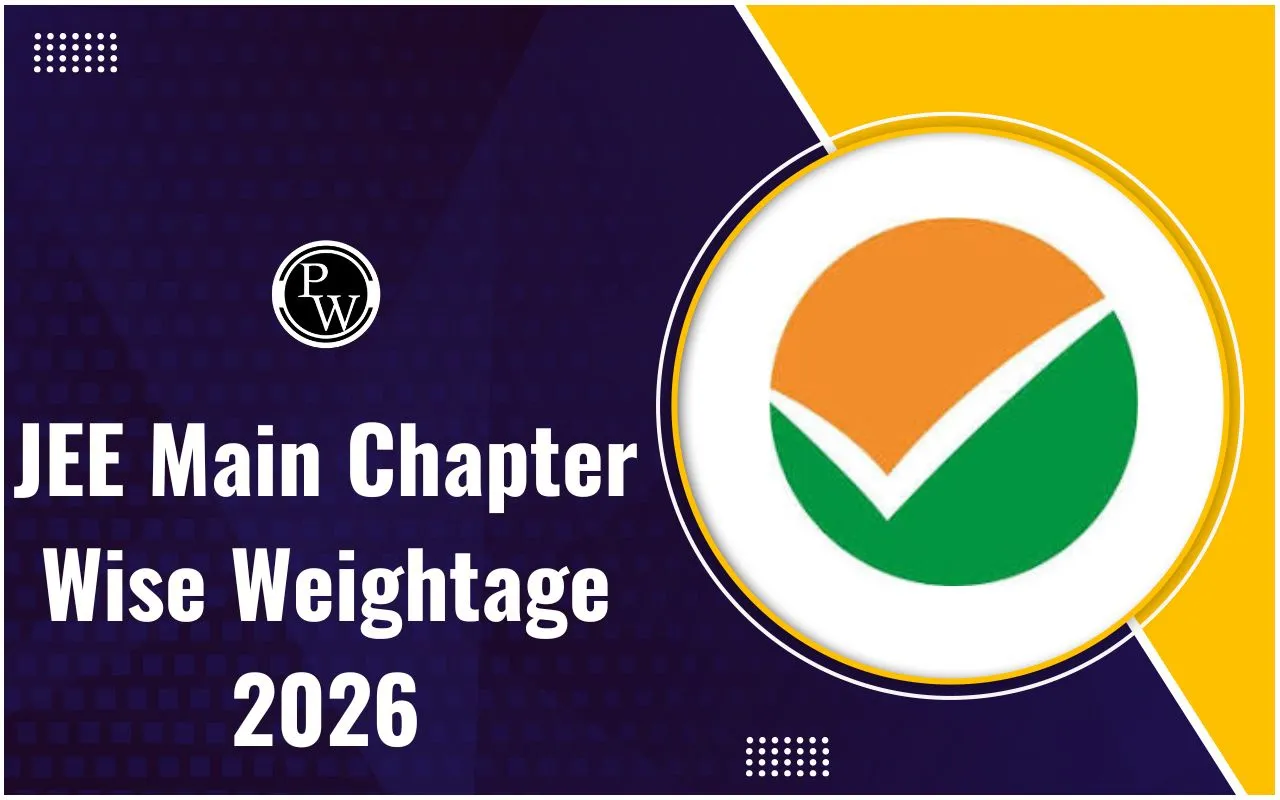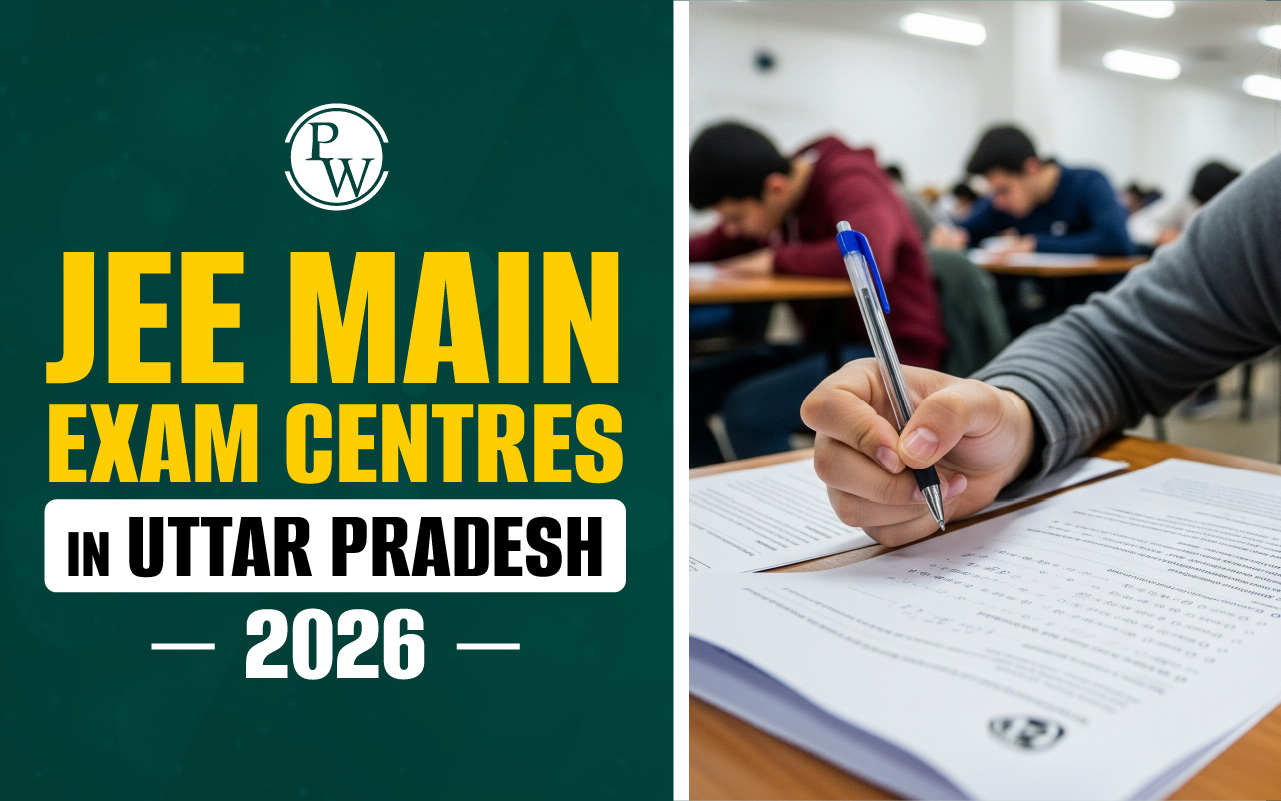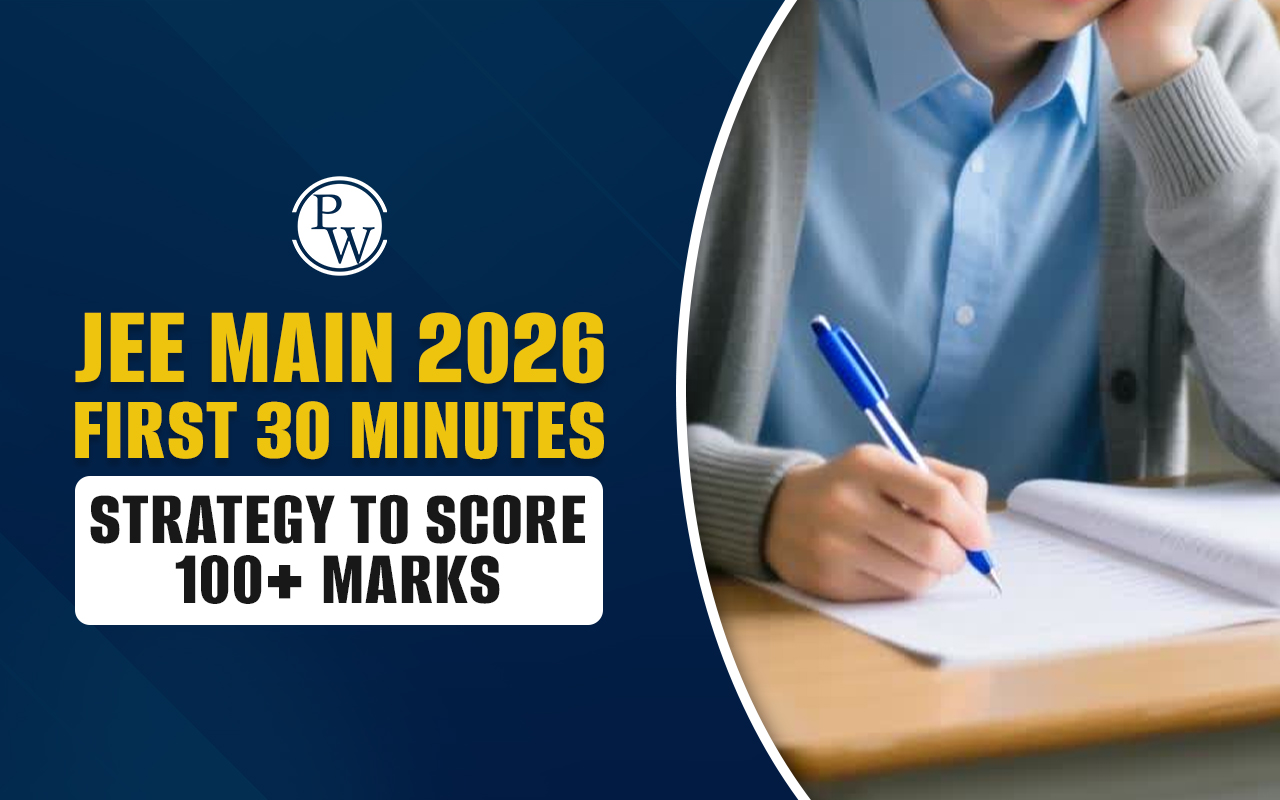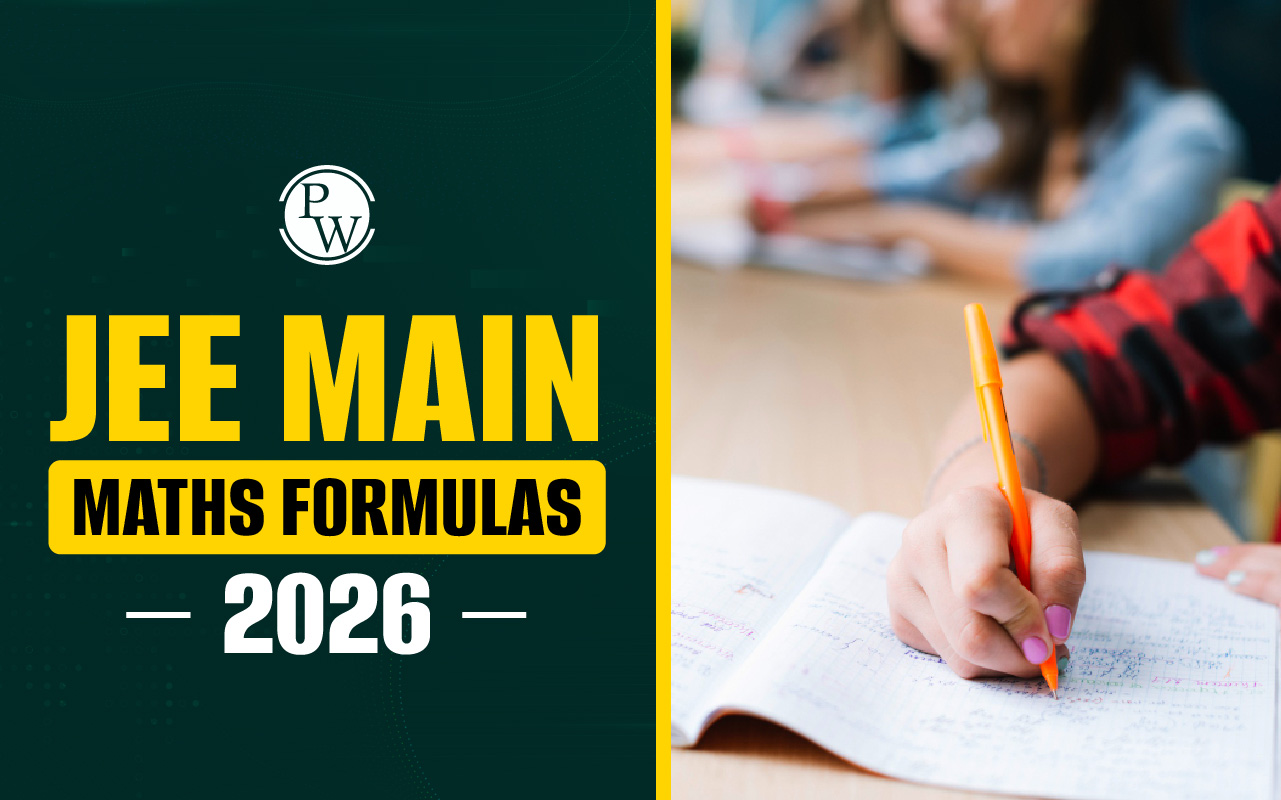
Basic Maths for Physics JEE 2025: One of the challenging subjects in JEE 2025 is often considered to be physics. Not only does it include theories but it also consists of tough calculations and numericals that require the understanding of basic mathematics to solve. So if you're preparing for the upcoming exam, be it JEE Main 2025 or JEE Advanced 2025 , knowing the basic mathematics that can be used while solving questions from the Physics section of the exam can greatly help in scoring well.
Basic Maths for Physics JEE 2025
NTA is going to conduct the first session of the JEE Main 2025 expectedly in January of the upcoming academic year. The JEE Main Syllabus , along with advanced, includes chemistry, mathematics, and physics. For JEE 2025 , having a solid understanding of basic mathematics is essential for comprehending the Physics section effectively. Some of the basic maths for Physics JEE, such as trigonometry, graphs, differentiation, and integration, are usually used while solving questions. These mathematical tools help in solving complex problems in mechanics, electromagnetism, thermodynamics, and more. Check out some of the basic maths symbol often used in JEE Physics tabulated below:| Mathematical Symbols In Basic Maths for Physics | |
| Symbol | Meaning |
| = | is equal to |
| |
is not equal to |
| |
is proportional to |
| > | is greater than |
| < | is less than |
| >> (<<) | much greater (less) than |
| |
is approximately equal to |
| ~ | positive difference between two numbers |
| |
the change in x |
| |
the sum of all quantities x i from i = 1 to i = N |
| | x | | the magnitude of x (always a positive quantity) |
| |
|
| |
the derivative of x with respect to t |
| |
the partial derivative of x with respect to t |
| |
Integral |
Basic Mathematics for JEE 2025 Physics- Important Topics
To perform well in JEE 2025 Physics, having a solid grasp of basic mathematical concepts is important. Many physics problems involve calculations that require a strong foundation in math. Below are expanded explanations of the key maths topics you need to focus on while preparing for JEE Physics 2025: Basic Trigonometry: Trigonometry is essential for understanding physics problems involving angles, particularly vectors, waves, and rotational motion. Here's what you should concentrate on:- Trigonometric ratios: sine, cosine, and tangent are essential for resolving vector components and examining inclined planes.
- Understanding trigonometric identities, such as sin 2 𝜃 + cos 2 𝜃 = 1 sin 2 θ+cos 2 θ=1, simplifies formulas in physics equations.
- Applications in Physics:
- Projectile Motion: Trigonometry is used to separate velocity into horizontal and vertical components.
- Oscillations: The sine and cosine functions explain simple harmonic motion. Trigonometry is also used extensively in wave optics to understand phase discrepancies and interference patterns.
- Graph Basics: You should get familiar with common graphs like displacement-time, velocity-time, and acceleration-time graphs.
- Area under Graphs: The area under a curve on a graph can represent important physical quantities. For example, the area under a velocity-time graph gives the displacement, and the area under a force-displacement graph gives the work done.
- Slope Interpretation:
- The slope of a displacement-time graph represents velocity.
- The slope of a velocity-time graph represents acceleration.
- Basic Concept: Differentiation tells you the rate of change of a function. For example, velocity is the derivative of displacement with respect to time, and acceleration is the derivative of velocity.
- Applications in Physics:
- Kinematics : Velocity is the time derivative of displacement, and acceleration is the time derivative of velocity.
- Maxima and Minima : Differentiation helps find turning points in graphs, which is useful in problems related to energy and stability.
- Electricity and Magnetism : The rate of change of electric flux results in the concept of induced EMF.
- Basic Concept: Integration helps in calculating the total of quantities when the rate of change is known, such as finding displacement when velocity is given as a function of time.
- Applications in Physics:
- Area Under Curves: As mentioned earlier, integration is used to find areas under graphs like velocity-time or force-distance curves, leading to displacement or work done.
- Work-Energy Theorem: The work done on an object can be found by integrating the force over the distance it acts upon.
- Charge and Current: Integration is used in electricity to calculate charge or current over time.
- Trigonometry: Basic trigonometric identities and angle formulas.
- Differentiation Formulas: Formulas for basic polynomials, trigonometric functions, and exponentials.
- Integration Formulas: Indefinite and definite integrals for common functions, especially polynomials and sine/cosine functions.
- Graph and Slope: Important relationships like the slope of a line, area under graphs, and basic curve equations.
- Logarithmic and Exponential Functions: Key formulas involving logarithms that are important in thermodynamics and wave problems.
- Binomial Approximation: In physics, binomial approximations are used when dealing with small angle approximations or near-zero values, such as in optics or relativity problems. For instance, (1+x)n≈1+nx(1+x)^n \approx 1 + nx(1+x)n≈1+nx for small values of xxx. This is generally used in simplifying equations in mechanics and electromagnetism.
- Geometric Progression (GP) Series: Geometric series are used in physics to understand exponential decay processes, such as radioactive decay, capacitor discharge, and harmonic motion.
- Quadratic Equations: These equations appear in many areas of physics, such as kinematic equations, potential energy problems, and in analyzing parabolic motion. For example, quadratic equations are used in projectile motion to find the time of flight and maximum height.
Basic Maths for Physics JEE- Important Points To Remember
That y = mx or also means that value of y becomes 2 times if x is doubled. Or it will remain
th if x becomes
times.
(ii) y = mx + c , represents a straight line not passing through origin. Here, m is the slope of line as discussed above and c the intercept on y -axis.
In figure (i): slope and intercept both are positive.
In figure (ii): slope and negative but intercept is positive and
In figure (iii): slope is positive but intercept is negative.
Note: That y = mx + c , y does not become two times if x is doubled.
(iii) or
etc., represents a rectangular hyperbola in first and third quadrants. The shape of rectangular hyperbola is shown in fig. 1.3(i).
Q.1 : If A = 60°, then find the value of sin (2 A ).
Ans. Since sin (2 A ) = 2 sin A cos A
So for A = 60°, we have
sin (2 A ) = 2 sin A cos A = 2 sin (60°) cos (60°)
Q.2 : Find the sum of series
Ans. Above equation can be re-written as
By using the formula of sum of infinite terms of G.P.
Q.3 : Find the sum of series
Ans. Above equation can be re-written as
By using the formula of sum of infinite terms of G.P.
Study Material For JEE 2025 Preparation
Physics Wallah offers comprehensive study material for JEE 2025 Preparation , including well-structured video lectures, detailed notes, practice questions, and test series. The material covers all JEE main topics, ensuring a strong conceptual understanding and effective problem-solving skills.Basic Maths for Physics JEE FAQs
Ques. What is the basic maths for Physics JEE 2025?
Ques. From where can I prepare basic mathematics for JEE 2025 Physics?
Ques. Can I score well in JEE Physics without maths?
Ques. Is Physics in JEE 2025 going to be tough?



